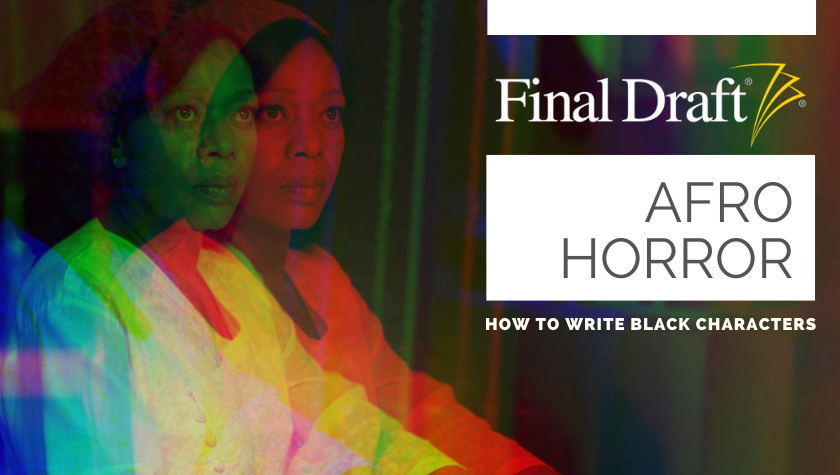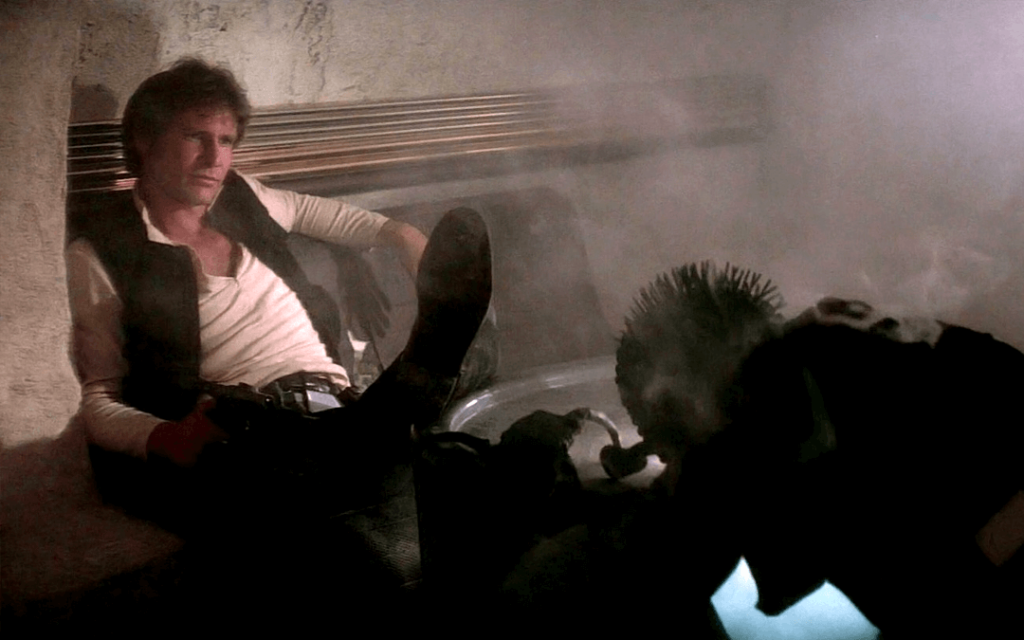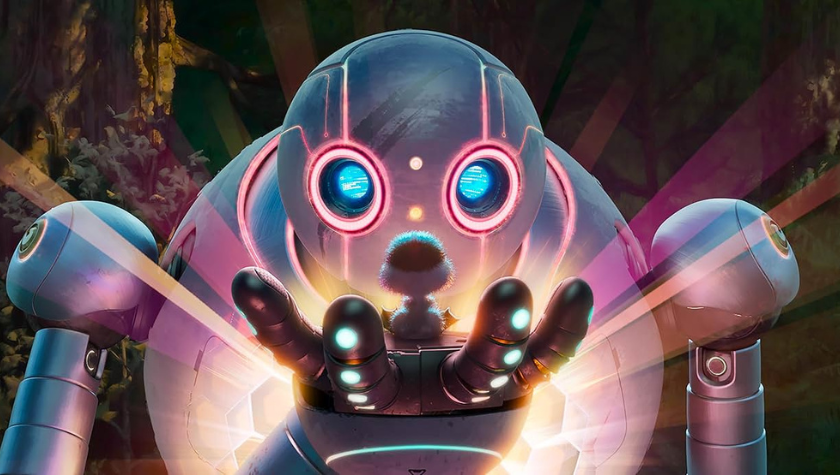Writing For Ensemble Casts
January 18, 2017
Writing a story with an ensemble cast is like serving a pie with equal slices. You might start with an idea delicious enough for five or more characters, but if you don’t balance them just right during the writing process, one or two of the characters will draw your attention and hog a good chunk of that tasty enterprise, leaving the rest with slivers.
The tendency to focus on one or two characters and relegate others to supporting status is but one hazard of writing for an ensemble. Decades-old favorites like The Big Chill and The Breakfast Club divvy up the attention equally, as does the current Rogue One: A Star Wars Story. This year we'll see more ensemble groupings, from Hidden Figures, the fact-based tale about three female African-American mathematicians who helped NASA launch the space program, to Guardians of the Galaxy Vol. 2, another adventure with a ragtag heroic team that includes an extraterrestrial assassin, an inventive anthropomorphic raccoon, and a sentient tree.
“The challenge is to bring people in without it feeling like a cameo,” screenwriter Christopher Markus told ScreenRant.com about writing 2016’s Captain America: Civil War with Stephen McFeely. “Even if it’s even the smallest arc, the challenge is to give everybody a human turn and to place them in the context of the thing.”
The two scribes are deft hands at building an ensemble story in the superhero genre, having co-written Captain America: The First Avenger (2011) and Captain America: The Winter Soldier (2014). Civil War landed on several critics’ lists of the top films in 2016, in part for shaping a coherent and gripping story with at least 10 main characters.
Ensembles often appear in heist stories such as The Italian Job or Ocean’s Eleven. Beyond that genre, though, their key difference from stories with one or two protagonists is that their structure revolves more around an event (a funeral, a wedding, a family dinner, in-school detention) as opposed to a common goal. Juggling multiple characters means that they rarely transform in a meaningful way, according to Script magazine, but they can arrive at a new understanding regarding one another.
With Captain America: Civil War, the event that kicks off the story and fractures the heroes into two opposing sides is the passing of regulations that require The Avengers to operate under United Nations supervision. If the heroes don’t seek approval before launching into action, they’re breaking the law. Whether they agree with this regulation and why provides the conflict.
“You can have different stories that rotate around a central question,” co-writer McFeely told The Hollywood Reporter. Relating to one central idea helps the story and characters “cohere more than having five separate strands that you are hoping will bang into each other by accident.”
Regardless of your chosen genre, it’s helpful to imagine the characters in your ensemble taking part in a heist: Make each character distinct so the audience can keep track of who’s who, and give each one a particular voice, skill set, or purpose in the story. (As much as I liked the cast in 2016's Ghostbusters, I thought Kristen Wiig's Erin and Melissa McCarthy's Abby were too similar.)
Yet don’t make your group so different that the characters have nothing in common beyond the plot. Ensembles become more relatable and memorable when two or three characters connect more closely than the others, such as blind monk Chirrut (Donnie Yen) and his protector Baze Malbus (Wen Jiang) in Rogue One, or the anthropomorphic raccoon Rocket (voiced by Bradley Cooper) and his tree pal, Groot (voiced by Vin Diesel), in Guardians of the Galaxy. In Civil War, the childhood friendship of Captain America (Chris Evans) and Bucky Barnes (Sebastian Stan) fuels Cap's choices, and his close ties with Black Widow (Scarlett Johansson) add heart and depth.
Be prepared to go through several drafts to gauge how you’re slicing that pie. When writing Civil War, Markus and McFeely said they would review each draft with a focus on a different character. They’d track Vision (Paul Bettany) though one version, then go through the script again to see how, say, Black Panther (Chadwick Boseman) behaved throughout.
“Because there’s so many people, because you want to give everybody an arc appropriate to their contribution to the story—it’s just not easy and takes a lot of drafts,” McFeely told UPROXX.
That kind of focus helped this particular film feel grounded and queued the writers on what to eliminate. Even though the two teamed up again to write Avengers: Infinity War, due out in 2018, they felt no need in Civil War to hint about their upcoming film’s villain, a 12-foot space being named Thanos.
“That does nobody any good,” McFeely said. “The Civil War story is about this group breaking up on their own accord, and they do not need to be helped by the guy from space.”
So give your story and your characters their just desserts. You’ll satisfy the performers and your audience, and you might whet an agent’s or producer’s appetite to see more of your work.
Written by: Valerie Kalfrin
Valerie Kalfrin is an award-winning crime journalist turned entertainment writer, screenwriter and emerging script consultant. A member of the Florida Film Network, she has written for The Guardian, Bright Wall Dark Room, The Script Lab, Signature Reads, and The Tampa Bay Times, among other publications. Find her at valeriekalfrin.com.



